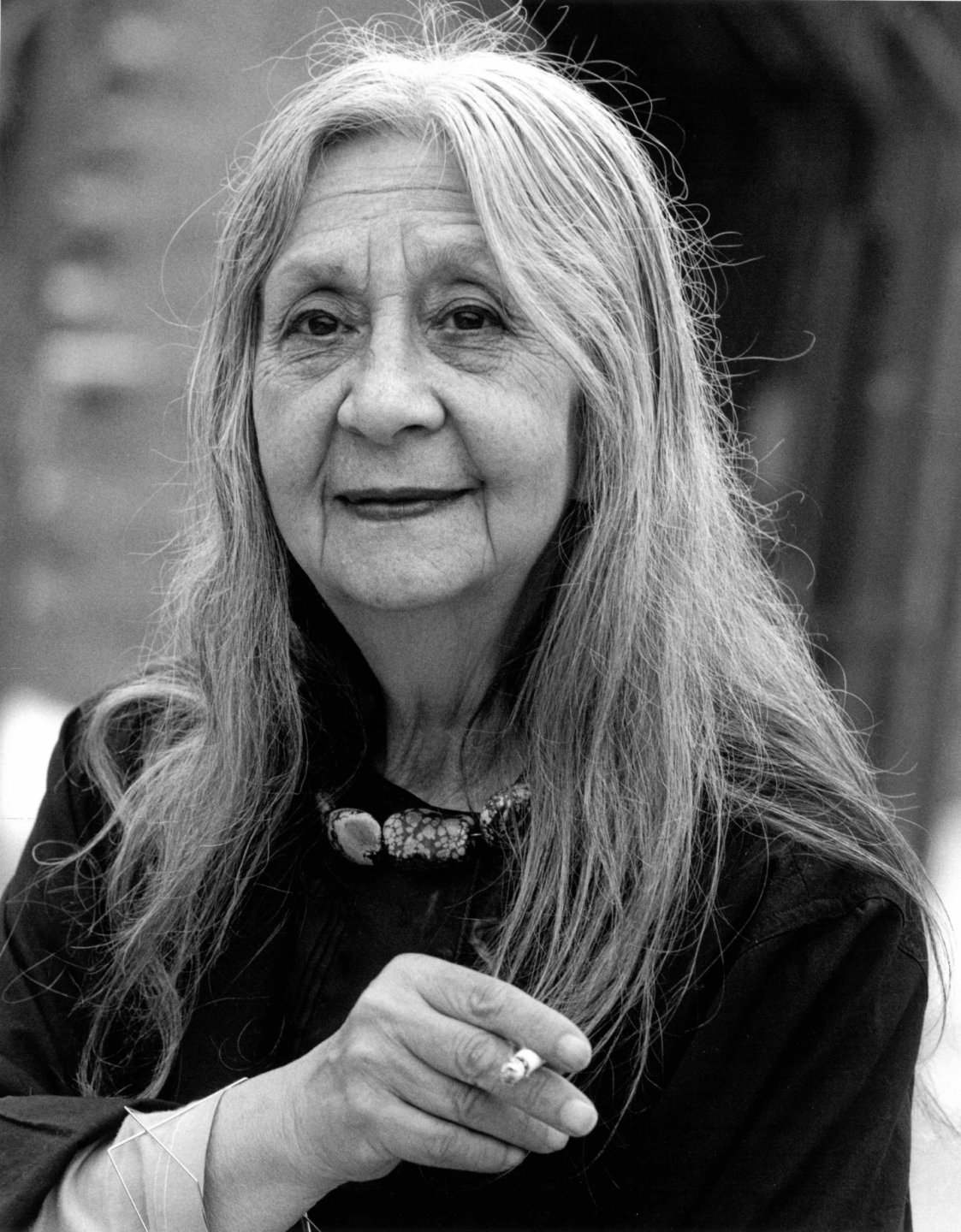Marisa Merz
Born in Turin in 1926 Marisa Merz made her 'debut' in the 1960s, exhibiting sculptures in aluminium laminate made up of spiral form elements which were both mobile and irregular....Read more
Born in Turin in 1926 Marisa Merz made her 'debut' in the 1960s, exhibiting sculptures in aluminium laminate made up of spiral form elements which were both mobile and irregular. Tied to a research work based on essential materials and an equally rudimentary project scheme, these first works which were presented by Sperone in Turin in June 1967 anticipated and prepared the artist for her participation in the Arte Povera (Poor Art) movement. By means of some 'actions' - among which we can mention the one with the rolled blankets of 1970 on the seashore of Fregene, while at the same time she was also holding her first solo exhibition at the Attico Gallery in Rome - the artist introduced into the language of contemporary sculpture both traditional handicraft artifacts or ones that were the prerogatives of female (domestic) work, attributing total artistic 'dignity' to processes and materials belonging to day-to-day life, in this way alienating them from the poetics of the primary, rational and self-referential structures of Minimalism as well as from the Arte Povera group (with respect to which she henceforth showed eccentric sensibility). Together with the temporal component already present in the 'mesh' works, this precociously led Marisa Merz to gather together, combine and redefine former works by her as in the assertive Ad occhi chiusi gli occhi sono straordinariamente aperti [With eyes closed the eyes are extraordinarily open] of 1975 which gave the title to her second solo exhibition at the Galleria Attico accompanied by the copper wire sculptures Scodella di sale [Bowl of Salt] of 1967 and Bea and Scarpette [Little Shoes] of 1968. Starting from the middle of the 1970s the interventions by Merz took on a fully environmental nature, firstly with the series of rooms which the artist set up in complementary spaces: those open and public of the gallery or those 'underground' and secret of a cellar or of her own studio with a continuous movement from the private to the public dimension, an uninterrupted metamorphosis of graphite signs into sculptural forms and matteric physicalness into painted colours. During the 1980s the various 'voices' through which her creativity had always been translated found their perfect synthesis and complete maturity in the extremely refined paper works, in the small, coarse and impalpable heads and in the polymatteric altarpieces: testimonies of this are the solo exhibitions held at the Bernier Gallery (Athens), the Fischer Gallery (Düsseldorf), the Tucci Russo Gallery (Turin), the invitations to take part in the Biennial, in Documenta and in important group selections. After the Venice Biennial of 1980 she took part in Identité italianne. L'art en Italie depuis 1959, curated for the Centre Pompidou by Germano Celant in 1981, followed by the exhibition Avanguardia. Transavanguardia in 1982 in the Palazzo delle Esposizioni in Rome, curated by Achille Bonito Oliva. The same year she also participated in Documenta. The artist subsequently selected her already rarefied public participations. From among her solo museum exhibitions we can mention the Centre Georges Pompidou (Paris, 1994); the Kunstmuseum Winterthur (1995 and 2003); the Stedelijk Museum (Amsterdam, 1996); the Galleria d'Arte Moderna Villa delle Rose (Bologna, 1998); the Museo MADRE (Naples, 2007); the Centre international d'art et du paysage (Ile de Vassivière, 2010); the Fondazione Querini Stampalia (Venice, 2011); the Fondazione Merz (Turin, 2012); the Serpentine Gallery (London, 2013); the Macro Museo d'Arte Contemporanea (Rome, 2016); the Metropolitan Museum of Art (New York, 2017); the Hammer Museum (Los Angeles, 2017); the Serralves Museum of Comtemporary Art (Porto, 2018); and the Museum der Moderne (Salzburg, 2018). In 2013 the Venice Biennial awarded her the Leone d'Oro for her career.
Read less
Photo Gianfranco Gorgoni; Courtesy Fondazione Merz


